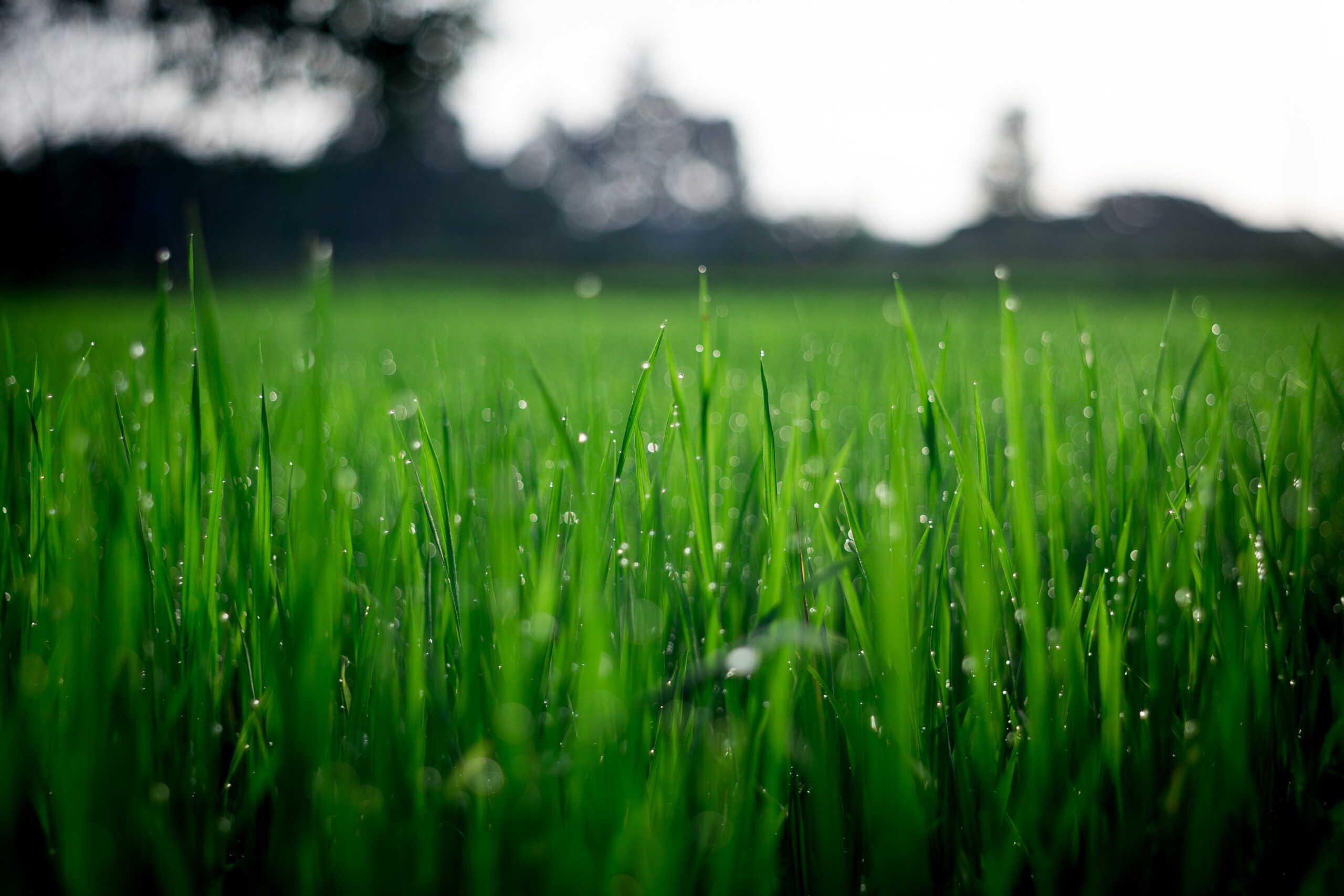Lawn care advice for people who don’t care about lawns

MACOMB, Ill. — Each year, I try to write a couple of articles about lawns. Each time I’ve written one of these, I have assumed you, the reader, care about your lawn.
Turns out, there are a lot of people who have lawns, that don’t care about having a perfectly manicured turf. You just want to know enough to get by. After all, if it’s green, then it’s good.
This article is for you.
Lawn care takes time, and we’re all busy. So, what is a person to do if we want to apply minimal effort? Three things: 1) Mow high, 2) mow often, and 3) keep those blades sharp.
Need more details? Then read on.
Cool season lawns that are typically grown in Illinois benefit from a taller mow height. The myth of mowing a lawn short to reduce mowing, is just that, a myth. Plants feed themselves through photosynthesis which takes place in the leaves. By removing the plant’s food source, it must grow faster and deplete more energy to make up for the loss. Turf-type tall fescue prefers a taller height of 3½ to 4½ inches while Kentucky bluegrass can be cut a bit shorter at 3 inches.
Mow often? Wait, I thought this was for the lazy lawncare household? Bear with me here.
There is some long-term study of the effects on mowing and pasture grasses that translates well to lawns. When more than one-third of the leaf blade is removed at during one mowing, this stresses out the grass plant. We can see this same stress period on overgrown lawns when they get chopped back to their normal cut height. Stressed lawns are less competitive to weeds, resisting disease, and outgrowing insect feeding. Just mow often enough to remove one-third of the leaf blade or less.
I know, easier said than done.
A sharp blade cuts and creates a smaller wound on the grass leaf. A dull blade beats, shreds, and tears at grass blades, which creates larger wounds and a more ragged appearance to the overall lawn. Larger wounds present more opportunities for disease and take more energy to heal. Plus, a dull blade makes your mower work harder.
And that’s it. The bare minimum to lawn care that will get you on your way to a decent stand of turf.
Want to go a little farther? If you only fertilize once a year, apply it in a late summer to early fall timeframe. Don’t bag your clippings. Chop them up with more passes or swap to mulching blades. Overseed in the late summer to early fall with newer lawn varieties that have better growth and disease resistance. And if you want to go the extra mile, topdress the lawn with a half-inch layer of compost to add organic matter to the soil to improve water holding capacity. Make sure to spread or rake the compost down to the soil to avoid smothering the grass.
Good Growing Tip of the Week: While dandelions are pretty awesome, not everyone agrees. Mowing high, often, and sharpening blades will make your turf more competitive and reduce (not eliminate) the need for herbicides.
Miss Clipping Out Stories to Save for Later?
Click the Purchase Story button below to order a print of this story. We will print it for you on matte photo paper to keep forever.

